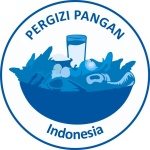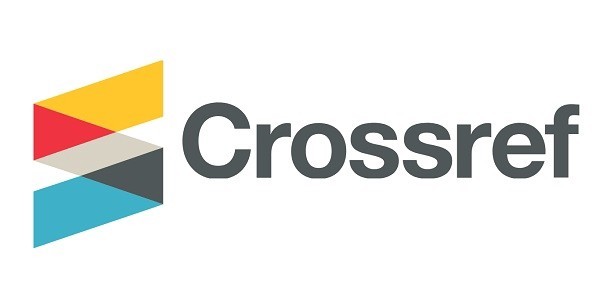ANALISIS PEMASARAN SAYURAN HIDROPONIK DAN KONVENSIONAL DI KOTA MATARAM
Abstract
The aims of this study were: (1) To analyze the marketing channels for conventional and hydroponic vegetables in Mataram City; (2) Analyzing the marketing efficiency of hydroponic and conventional vegetables using the SCP method; (3) Analyzing obstacles in marketing hydroponic and conventional vegetables. The method used is descriptive method. The unit of analysis in this study is the hydroponic vegetable marketing system and the conventional vegetable marketing system. This research is located in the Mataram city area by focusing on three sub-districts namely Ampenan, Sekarbela and Selaparang Districts. The number of respondents taken by census was 15 people consisting of 6 hydroponic vegetable farmers and 9 conventional vegetable farmers. The data analysis used is marketing channel analysis and SCP analysis.
The results of the study show: (1) Hydroponic and conventional vegetable marketing channels in Mataram City consist of two channels, namely channel I: Producers - Consumers, and channel II: Producers - Wholesalers - Consumers; (2) a) A more efficient marketing channel for marketing hydroponic vegetables is channel II. In lettuce marketing, the farmer's share value is 85.7%, profit distribution is 1%, and sales volume is 222Kg. Whereas in pakcoy marketing, the farmer's share value is 80%, the profit distribution is 1% and the sales volume is 44Kg. b) In conventional vegetable marketing, a more efficient marketing channel is channel II. In lettuce marketing, the farmer's share value is 83.3%, profit distribution is 1%, and sales volume is 125Kg. Whereas in pakcoy marketing, the farmer's share value is 80%, profit distribution is 1% and sales volume is 1140Kg; (3) Obstacles faced by farmers and marketing institutions include capital, price, climate, pests, seeds, and production.

This work is licensed under a Creative Commons Attribution 4.0 International License.






